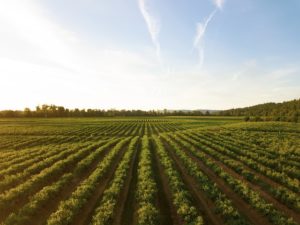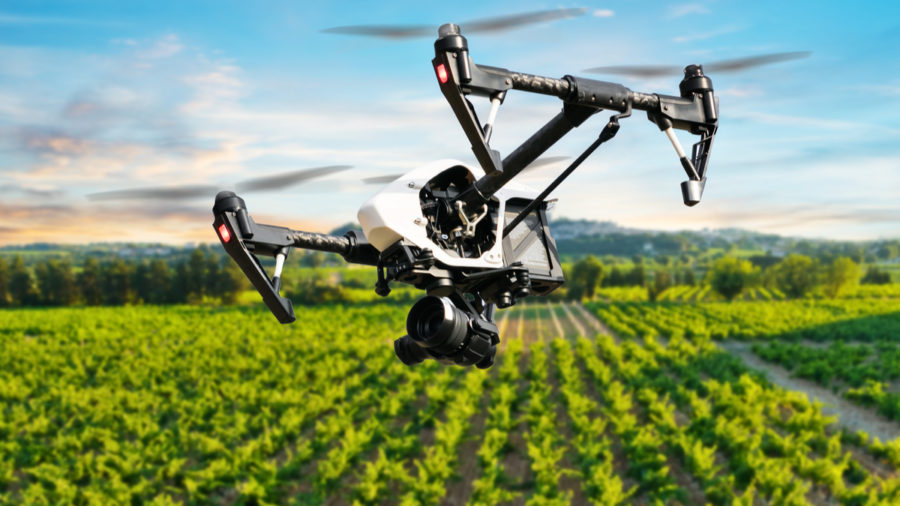



Article by: Hari Yellina (Orchard Tech)
It is a known fact that agriculture is the backbone of a country’s economy. The same can be said with regards to Australia. Moreover, agriculture plays an incredibly crucial role when it comes to the sustenance of the social, economic and environmental atmosphere of a nation. Recently a hoard of data has been collected from independent sources regarding Australian agriculture that covers these apects in detail.
Currently, Australia hosts close to 85,483 agricultural businesses. According to recent data, these businesses have produced over $40,000 more revenue as of June 2018. Furthermore, over 99% of horticultural enterprises are wholly Australian owned. These Australian business owners are also in control of about 87% of Australia’s agricultural water entitlements. It is excellent to know that food imports stand at only 15% of Australia’s food supply.


The profit of Australian agricultural businesses was about $62.208 billion as of 2018-2019. Unfortunately, it has been forecasted that due to droughts and other inevitable environmental hazards, this amount will drop down to $59.353 billion in 2019-2020. The top three agricultural commodities that are reported are cattle and calves, wool, and wheat.


Australia’s horticultural business occupies 51% of the nation’s landmass. Hence, these agricultural hubs are responsible for keeping the Australian economy alive and kicking. Of the 394 million hectares that are being used for agriculture, 341 million hectares are utilized for grazing. Additionally, many pioneering Australian industries have taken on the responsibility to reduce the emissions of greenhouse gases.


A key aspect of modern agriculture is the fusion of science and technology into the already existing management practices. The new technologies that have been introduced have contributed to efficiency gains. Thus, these tools are enabling Australian business owners to compete successfully within the international market.

